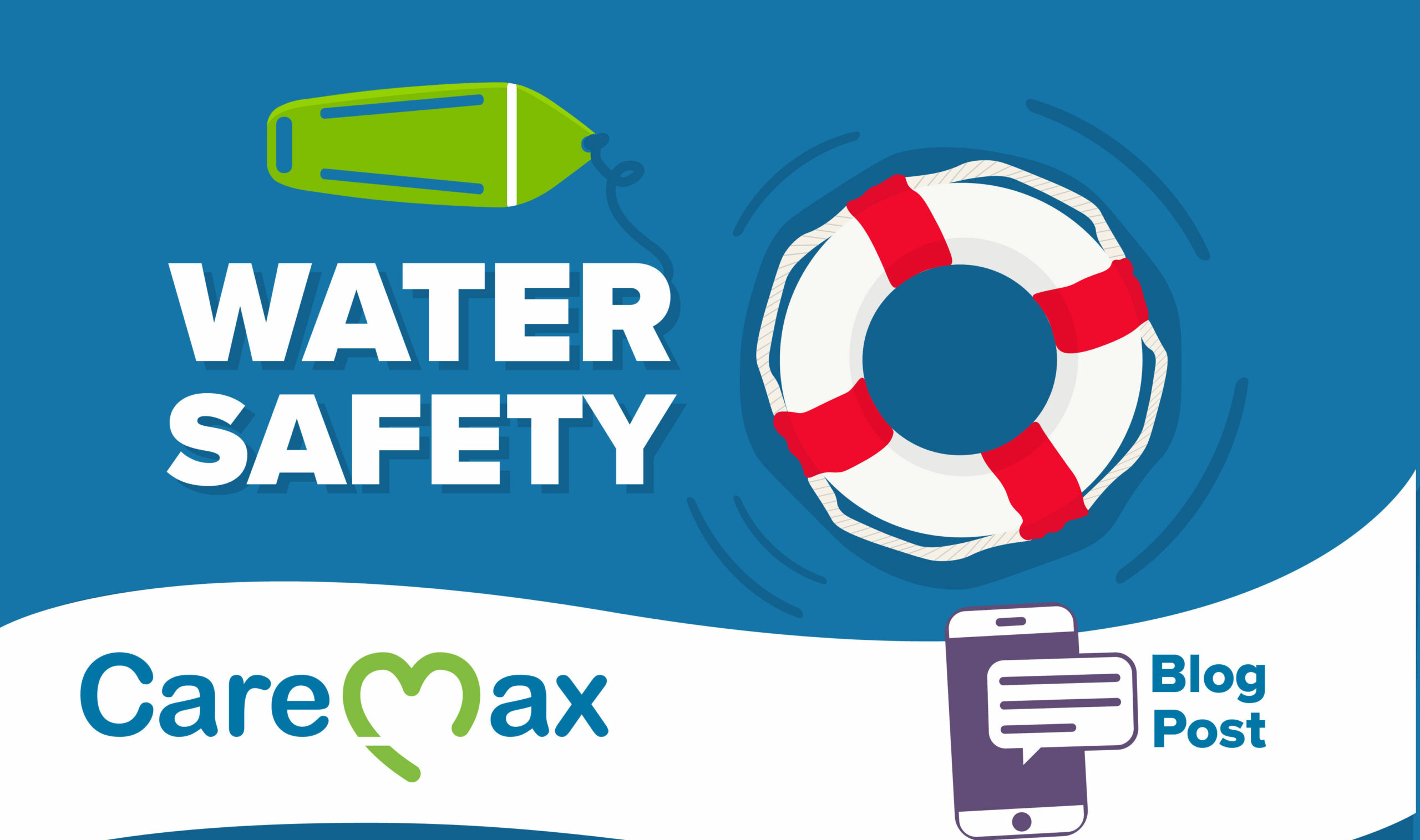 Blog
Blog Summer and water – they go together like peanut butter and jelly. Whether it’s cooling off with a dip in the pool or spending a day at the beach, lake, or river, attention to detail helps keep the day safe. It doesn’t take much for tragedy to happen. The Red Cross warns “A child or weak swimmer can drown in the time it takes to reply to a text, check a fishing line, or apply sunscreen.“ Staying cautious and knowing your own limits and the limits of those with you will go a long way.
Here are eight tips to help ensure a safer swim for everyone.
Never swim alone.
The buddy system most were taught as youngsters still works well today. Even if there is a lifeguard present, you should still have someone with you in the water or watching you on the shore. Children and inexperienced swimmers should always have someone on shore or beside the pool watching.
Designate a Water Watcher
There should always be someone watching. This is especially important with children or inexperienced swimmers. A water watcher’s only responsibility is to focus on the swimmers. Tragic incidents happen very quickly. If you’re in a group, make sure there is a designated watcher at all times.
Swim in defined areas
The defined swimming areas are the safest places to swim if you’re at the lake, beach, or river. In a pool, the deep and shallow ends are often marked with buoys or lines to ensure everyone swims in the area corresponding to their swimming levels.
Stay aware of weather conditions
Summer weather can be unpredictable. Make sure to look at the weather forecast before heading out for a swim, and keep an eye on it while swimming. If the weather begins changing for the worse, get out of the water. It is never safe to swim in a storm.
Wear a life jacket, if applicable
Children, boaters, and inexperienced swimmers should always wear a US Coast guard approved life jacket. In 2017, 84% of those who drowned in recreational boating accidents were not wearing a life jacket.
Be prepared for emergencies
Make sure someone other than those with you knows where you are. Recognize your limits. If you begin to get tired, get out of the water to rest. For those supervising children, pay attention to how long they’ve been in the water. If they have any signs of getting tired, make sure they get out and rest for a while. Know where the nearest emergency facility is located. Good planning helps eliminate uncertainty.
Don’t drink and swim
Alcohol and safe swimming are never a good mix.
Take swimming lessons
According to usaswimming,org, drowning is the “second leading cause of unintentional death from injury death for children under 14, with the highest rates among children ages 1-4.” Ideally, learning to swim should happen early in life. Some babies even learn to swim before they can walk. If you don’t know how to swim, it’s never too late to learn; if you haven’t been swimming in a long while, take an advanced class to hone your skills. Check to see if your local YMCA has a pool and offers lessons. If you have a municipal pool in your area, see if lessons are given there. Websites such as usaswimming.org also offer searches for swim lessons near you. Knowing how to swim will open so many opportunities and make those trips to the beach safer for you and those around you.